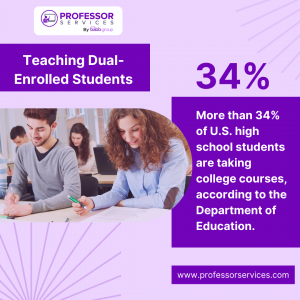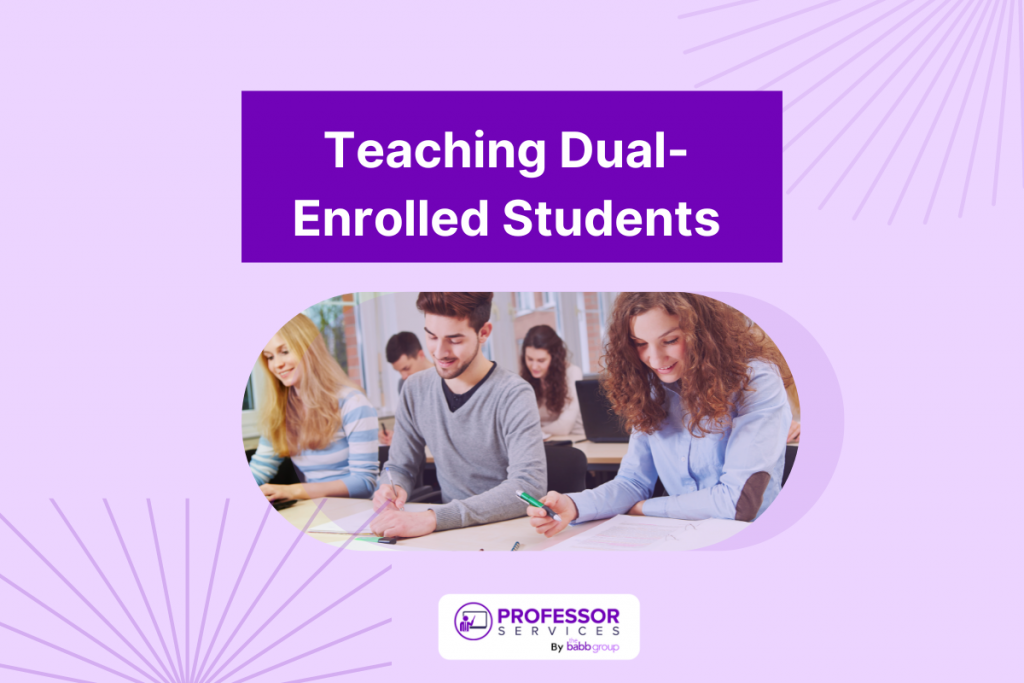
Make The Course Accessible And User-Friendly
When teaching a college course to high school students, it’s essential to remember that they may need to learn how to navigate the online classroom. Many K-12 schools use different LMS tools than higher education. Ensure the online course is accessible and user-friendly by providing clear instructions, video tutorials, and accessible course materials. Accessible materials include transcripts and captions for all media, alt text for all images, contrasting text color, and apply Universal Design for Learning (UDL) guidelines from CAST. This will help students feel more comfortable navigating the course and allow them to focus on the course content.
Get your course checked for ADA compliance and accessibility.
Encourage Active Participation
High school students are more likely to engage in their coursework when actively participating in the learning process. Encourage active participation by incorporating group discussions, interactive assignments, and frequent touchpoints to keep students engaged and motivated. This will foster community within the online course and help students feel connected to their peers and the course material.
Provide Timely Feedback
Feedback is crucial for all students, particularly high school students who may still be developing their academic skills. Provide timely feedback on assignments, quizzes, and exams to help students understand their strengths and weaknesses and improve their performance. Additionally, provide opportunities for students to ask questions and seek clarification on course material to ensure they fully understand the course content.
It’s important to balance challenging younger learners with being mindful that they may have different needs for instruction, participation, and feedback than their college classmates. Overall, teaching an online college course to dual-enrolled high school students requires a specific set of skills and techniques. By making the course accessible and user-friendly, encouraging active participation, and providing timely feedback, you can help your students succeed and maximize their dual-enrollment experience.
Angela
Latest posts by Angela (see all)
- The Art of Connection: Networking and Professionalism in Academia - July 25, 2024
- Got the Teaching Job? Now, You Need To Attend the Faculty Training - July 1, 2024
- Higher Education Trends: Insights from Our COO, Sheila Fry - June 20, 2024
